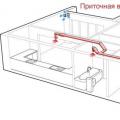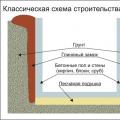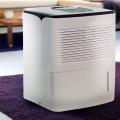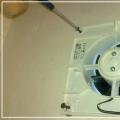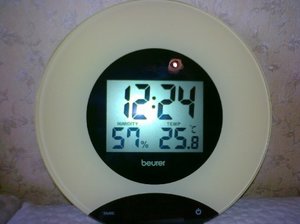 The right microclimate in apartments and houses is a guarantee of good health and well-being of each family member. Incorrect climatic conditions in a residential building and each of its rooms individually can lead to serious illnesses. That is why every homeowner needs to know what the norms of indoor air humidity are, why an increased or decreased indicator is dangerous, how the level can be adjusted.
The right microclimate in apartments and houses is a guarantee of good health and well-being of each family member. Incorrect climatic conditions in a residential building and each of its rooms individually can lead to serious illnesses. That is why every homeowner needs to know what the norms of indoor air humidity are, why an increased or decreased indicator is dangerous, how the level can be adjusted.
- 1. Compressors, the principle of operation of which is to distill moist oxygen through fans. After air enters the unit, it is drawn through the evaporator, and the settling moisture accumulates in a special receiver.
- 2. Adsorption, which are often called. The stationary device is characterized by low power consumption and noiselessness. Inside the device is an adsorbent that absorbs moist air. When buying such a device, it is worth considering the additional expenses that will be required to replace the cartridges.
Show all
Influence of air humidity
Assessing the parameters of the air in a home, many people first of all pay attention to its temperature, completely forgetting about the more important parameter - humidity. It is this criterion that creates a feeling of cold, stuffiness or heat, forms the general condition of the residents of the house, is responsible for the safety of indoor plants and household items, finishing materials, appliances and other interior items.
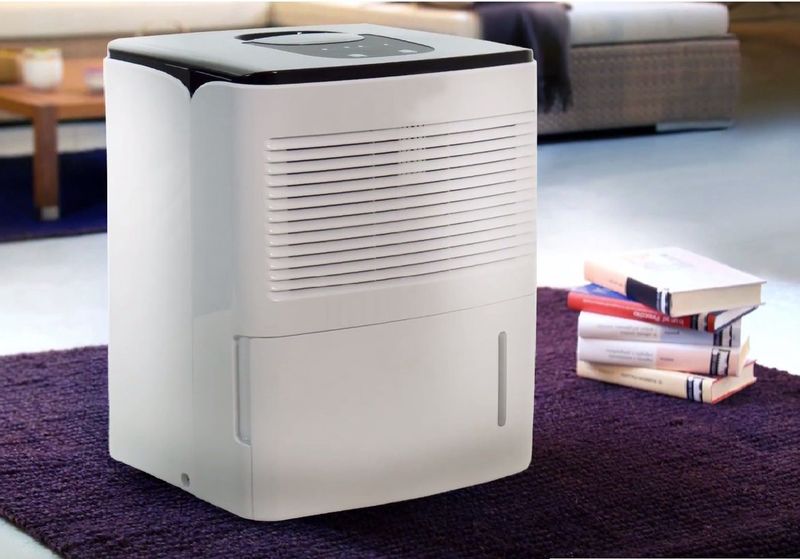

The degree of humidity directly depends on the geographical location and regional climate, season, weather outside. In winter, this figure decreases significantly, while in summer it rises. To prevent interior items from becoming unusable, you should adhere to the norms of indoor air humidity.
How to measure air humidity


Seasonal benchmarks
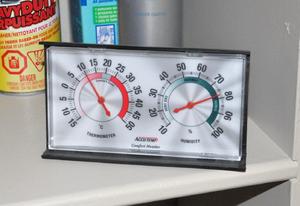
 According to GOST standards, permissible humidity indicators are indicated for residential buildings by season or are regulated depending on the purpose of the rooms. In summer, this parameter can vary between 30-60%, but should not exceed 70%. In the cold season, this figure is significantly reduced to 30–45% (the maximum allowable value cannot be more than 60%).
According to GOST standards, permissible humidity indicators are indicated for residential buildings by season or are regulated depending on the purpose of the rooms. In summer, this parameter can vary between 30-60%, but should not exceed 70%. In the cold season, this figure is significantly reduced to 30–45% (the maximum allowable value cannot be more than 60%).
It is worth noting that these humidity standards in residential premises are more relevant for developers and designers whose task is to erect and maintain construction projects. Compliance with indicators allows them to extend the operational life of buildings.


Norms for individual rooms
Seasonal standards show that during the cold season, the level of humidity in a house or apartment decreases. This trend is due to moisture entering the living quarters with outdoor air and which is reduced to room temperature. Despite this, a person needs normal indicators at any time of the year. Whether it's the heating season or the hot summer.
If the question arises, what should be the normal humidity in the apartment, it is worth adhering to the average parameters that do not depend on the time of year or the purpose of the room, which are 40-60%. For individual rooms, there are their own moisture standards:
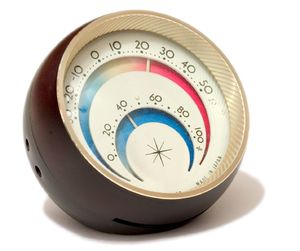
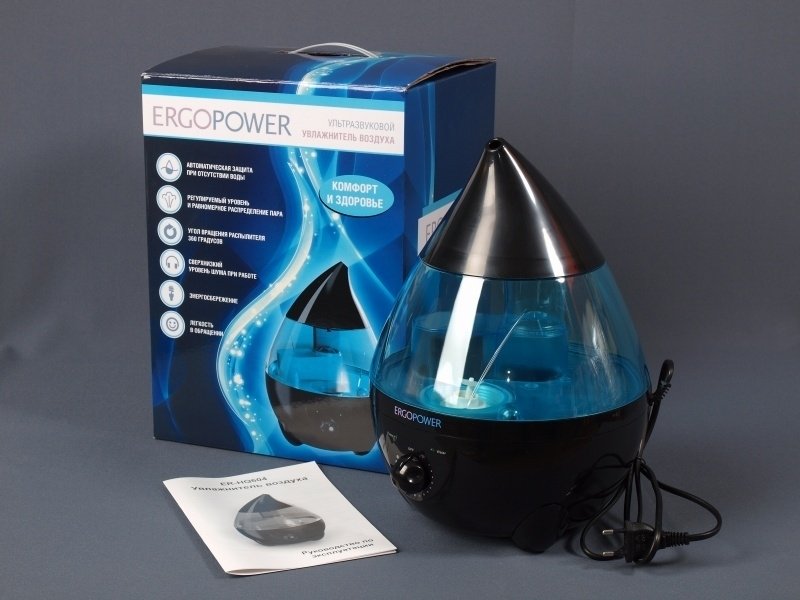

It should be noted that depending on the situation, the indicators may change. For example, in a nursery, when a child has an acute respiratory disease or another infectious, viral disease, the humidity in the room should be approximately 70%, while the air temperature cannot exceed 24 ° C.
How to determine the humidity of the air at home? Lesson #4


Methods for measuring moisture levels
To find out the humidity at home, you can use one of four proven methods. The most reliable information is shown by a hygrometer - a special device for measuring the level of moisture inside rooms. If there is no such device in the house, you can use improvised means, although they give a relative result that may differ slightly from the real parameters, but they can still show whether it is worth increasing or decreasing the humidity.
Four ways to measure indoor moisture levels:
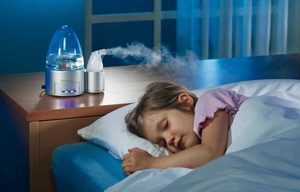
DIY air dryer * ECONOMY OPTION *
In such simple ways, each homeowner will be able to find out in just a few minutes what humidity should be in the room, based on the results obtained.
Parameter Boosting Methods
During the heating season, every homeowner has to deal with the problem of drying the air in an apartment or house. In summer, the humidity decreases due to the operation of air conditioners. To solve this problem, special devices sold in hardware stores, or folk ways to increase humidity parameters will help.
Special devices
They are in the greatest demand among owners of apartments and houses. The principle of operation of such devices is to evaporate water and supply it through a special tank into space, which makes it possible to compensate for the lack of moisture in the air. There are three types of such devices on the market:
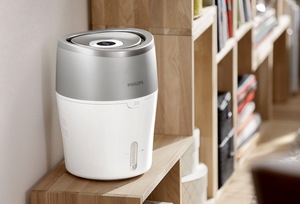
If necessary, the homeowner can purchase a universal steam device that allows you to turn a simple humidifier into an inhalation device thanks to the nozzles included in the kit.
Home Tricks
If the owner of the apartment does not have a special humidifying device, then you can resort to folk methods to increase the level of humidity. Such "old-fashioned" methods will help saturate the room with the missing moisture without the cost of expensive devices:
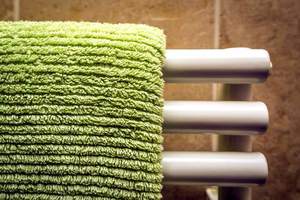
An alternative option could be an aquarium with fish, which is important for rooms with a small square. Regardless of the method chosen, one should not forget that dry air has a bad effect on human health: it leads to dryness of the mucous membranes and skin, puts an unbearable burden on the heart, disrupts digestion and worsens air quality.
Home dehumidifiers
Such devices can be fixed and portable. The performance of the devices is calculated by the number of daily use of the amount of liquid and can vary between 12-100 liters. There are only two types of air dryers:
The use of air dehumidifiers is also relevant in winter, they are installed in rooms where there is no heating. The advantage of the devices is that they automatically turn off when the maximum amount of liquid accumulates in the receiver.
Folk methods
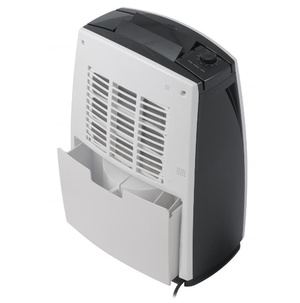
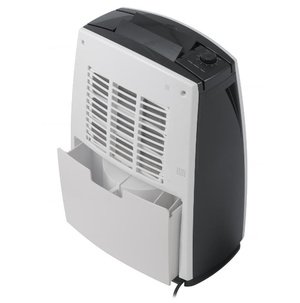
Many homeowners install oil-filled radiators or multi-functional air conditioners with built-in moisture control to reduce the level of humidity in their apartments. Despite this, there are cheaper, proven methods for drying the air. For example, airing, sunlight or installing a hood in unventilated rooms, lit candles.
Do not neglect the indicators of air humidity in an apartment or house, they must comply with GOST standards. Otherwise, high rates can lead to chronic respiratory diseases, unpleasant odors, constant irritability and fatigue, dampness of things, and so on. A healthy microclimate that meets the standards has a positive effect on the well-being of households and extends the operational life of equipment, furniture, and interior items.

